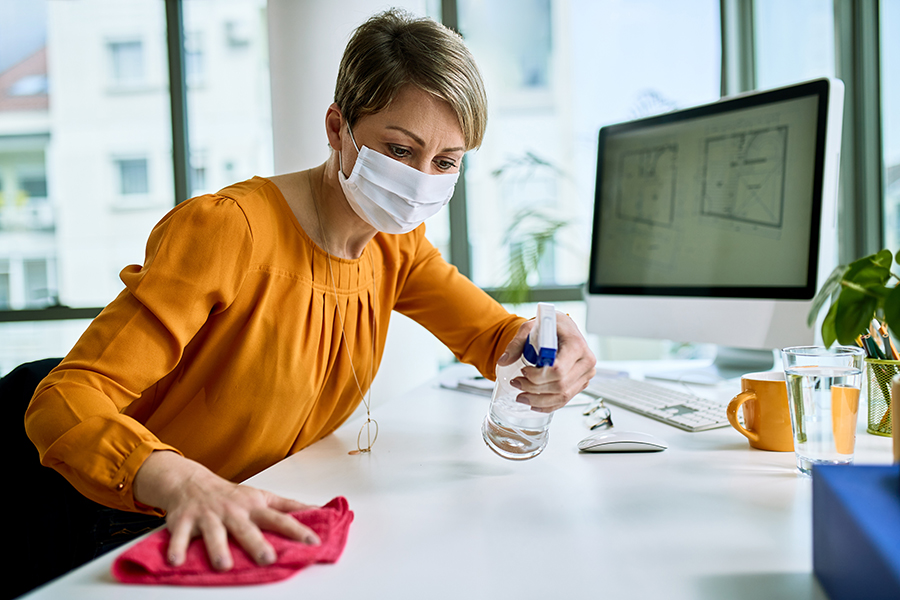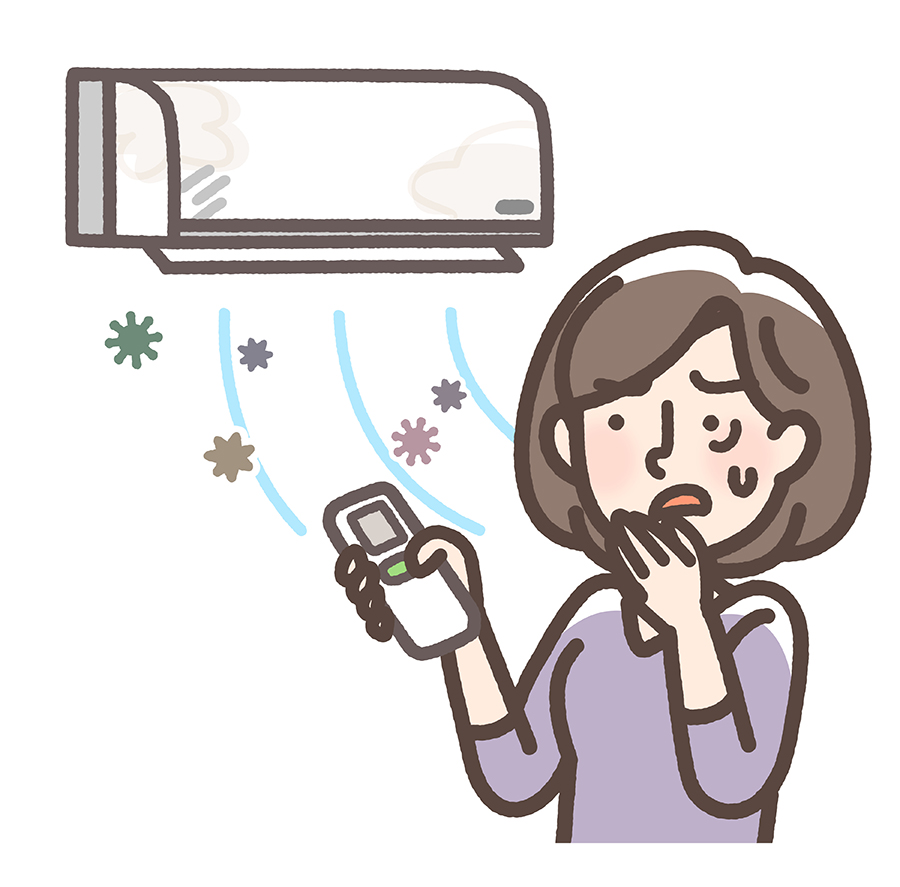Indoor Air Quality in the post-Covid-19 Era
How often does the air in your office space recirculate? Do you know? Here in the BVI, as air-conditioning becomes pervasive, and operable windows slowly disappear, the answer is often “forever”. No, I’m not kidding. Forever. There are no set regulations on fresh-air exchange in mechanical systems. There is therefore little incentive for building owners and corporate project managers to ensure that it’s included since setting up a system which does not regularly have to cool fresh outdoor tropical air is technically more energy efficient.
In the throes of the Covid-19 pandemic, we have all become more aware of the air that we breathe and the surfaces that we touch. As we return from lockdown to the public realm, great emphasis has been placed on masks, social distancing and the sterilization of hands and surfaces to prevent virus transmission. This throws a new light on issues of Indoor Air Quality, and how buildings and spaces can best be made and kept healthy for people.
been placed on masks, social distancing and the sterilization of hands and surfaces to prevent virus transmission. This throws a new light on issues of Indoor Air Quality, and how buildings and spaces can best be made and kept healthy for people.
“Efficiency” narrowly construed can kill us. Most of us spend 90% of our time indoors. When this is a hermetically sealed environment, we are continuously exposed to carcinogenic chemicals, viruses, mold, and fine particles. If these are not regularly flushed from the air by mechanical means, it is detrimental to occupants’ health. For individuals with sensitive immune systems, this shows up as respiratory problems and rashes in the short term. Less sensitive individuals may actually be worse off, invisibly developing the genetic damage that eventually leads to cancer and other degenerative diseases. In 2001, a US EPA report noted that “Indoor pollution is estimated to cause thousands of cancer deaths and hundreds of thousands of respiratory health problems each year.”[1]
sealed environment, we are continuously exposed to carcinogenic chemicals, viruses, mold, and fine particles. If these are not regularly flushed from the air by mechanical means, it is detrimental to occupants’ health. For individuals with sensitive immune systems, this shows up as respiratory problems and rashes in the short term. Less sensitive individuals may actually be worse off, invisibly developing the genetic damage that eventually leads to cancer and other degenerative diseases. In 2001, a US EPA report noted that “Indoor pollution is estimated to cause thousands of cancer deaths and hundreds of thousands of respiratory health problems each year.”[1]
We can limit indoor pollutants from fixed components, by choosing finish materials carefully, but cannot eliminate them entirely. Building occupancy, wear and tear, moisture intrusion, even cleaning and maintenance, introduce new pollutants daily. Therefore, regular filtration of indoor air and periodic replacement with fresh outdoor air is a true necessity. In the absence of operable windows and passive ventilation methods, this can only be done via the air-conditioning system. This is even more critical, as we re-open our economy, and acknowledge that a virus like Coronavirus-SARS2 can pass from asymptomatic individuals to co-workers through droplets in the air or on surfaces. In addition to social/ spatial distancing in our office environments, concerted attention to indoor air quality and fresh-air exchange is key to protecting occupants’ health.
Let’s talk about finish material selection and fresh-air exchange in air-conditioning installations. Contact me at lavina@tigerqiarchitecture.com for a consultation.
[1] The U.S. Environmental Protection Agency (EPA) “Healthy Buildings, Healthy People (HBHP)” report, issued in 2001
- initially published on LinkedIn, July 26, 2020